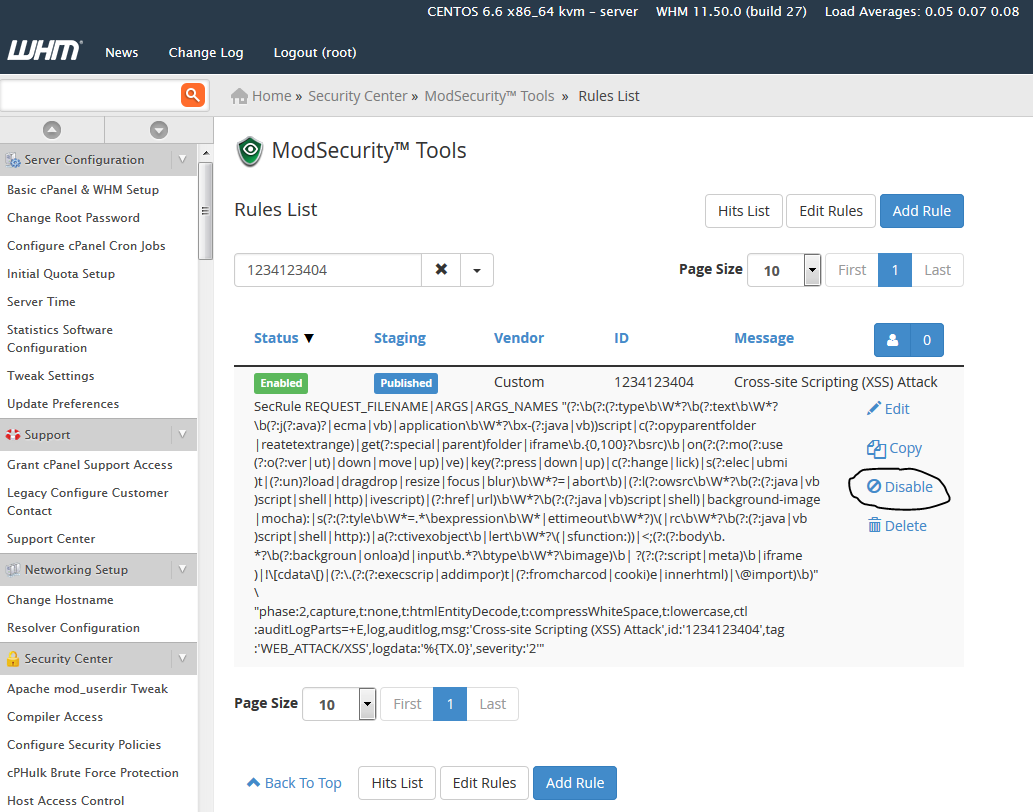CentOS 6
# yum install php-xcache xcache-admin
Debian/Ubuntu/Linux Mint
# apt-get install php5-xcache
Configure
RHEL/CentOS/Fedora
# nano /etc/php.d/xcache.ini
Debian/Ubuntu/Linux Mint
# nano /etc/php5/conf.d/xcache.ini
OR
# nano /etc/php5/mods-available/xcache.ini
once you’re done with configuration settings, restart your Apache web server.
# /etc/init.d/httpd restart
# /etc/init.d/apache2 restart
Verify
# php -v
Enabling XCache Admin Panel for PHP
By default the admin panel is protected with http-auth and in disabled state. To set user/password open the Xcache.ini file. But, first you have to create md5 password using following command. (Where typeyourpassword is your password).
# echo -n "typeyourpassword" | md5sum
Sample Output
ae9ac3f19ae3990b2c99701061c5d8c2
Now open Xcache.ini file add the generated md5 password. See the following example, add your own password md5 string.
[xcache.admin] xcache.admin.enable_auth = On ; Configure this to use admin pages xcache.admin.user = "mOo" ; xcache.admin.pass = md5($your_password) xcache.admin.pass = "ae9ac3f19ae3990b2c99701061c5d8c2"
The simplest way to do so is copying the whole directory xcache (admin was in older release) to your web root directory (i.e. /var/www/html or /var/www).
# cp -a /usr/share/xcache/ /var/www/html/
OR
# cp -a /usr/share/xcache/htdocs /var/www/xcache
OR
cp -a /usr/share/xcache/admin/ /var/www/ (older release)
Now call it from your browser, a http-auth login prompt window will pop-up. Enter your user/pass in, and it’s done.
http://localhost/xcache OR http://localhost/admin (older release)

